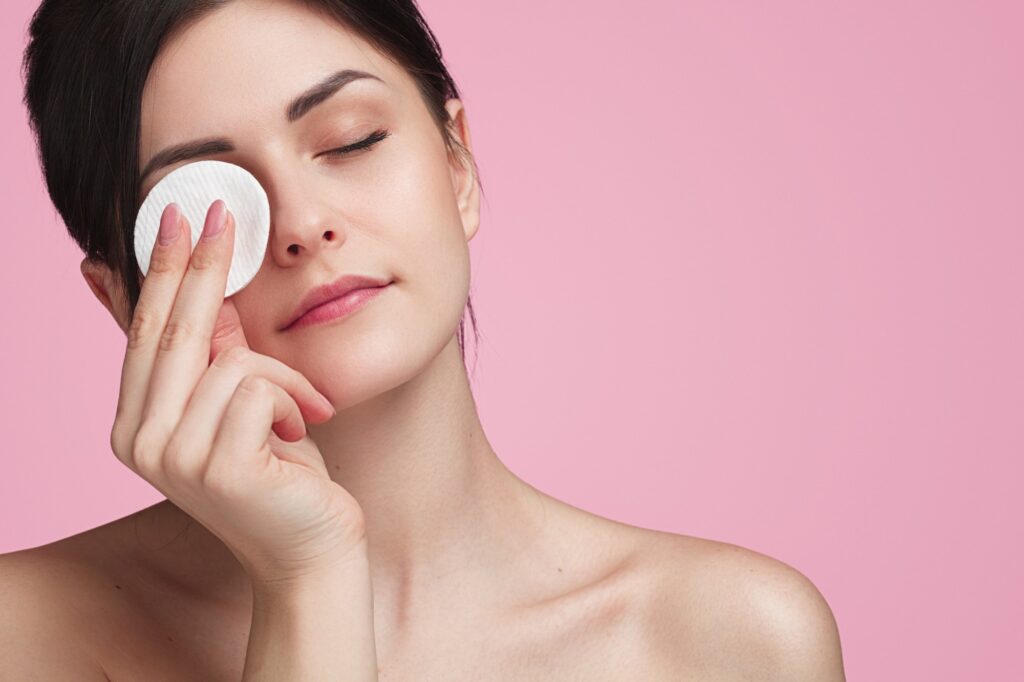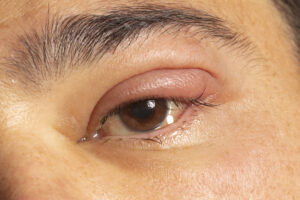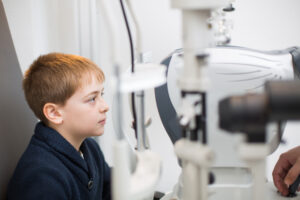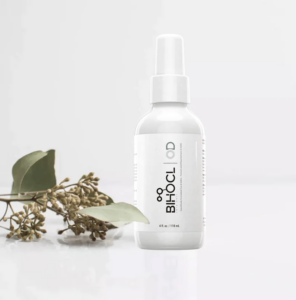Your eyelids shield your eyes from dust and other debris particles, and they also filter light, which assists in falling asleep. The eyelids assist in maintaining a moist corneal environment. When you shut your eyes, the eyelids distribute tear film over the cornea, which prevents the cornea from drying up. This tear film is also an antibacterial lubricant.
This happens every time you close your eyes! Every day, your eyelids safeguard your eyes by clearing away foreign particles. Your eyelashes contribute to this protection by obstructing the entry of liquids, particles, and other foreign substances into your eyes.
Eyelid cleanliness is vital for preventing various eye issues. It may not seem essential to clean the area around your eyes, but if you don’t, dirt and debris can become lodged beneath your eyelids and cause irritation. Your eyelid can get infected, swollen, or itchy.
a. Trend of eyelash extensions
Eyelash extensions have increased in popularity due to their ability to add volume and length to natural lashes. Eyelash extensions are attachments to each natural lash, applied by a lash technician. The style, thickness, length, curl, and texture of the lashes can be changed at the lash technician and client’s discretion.
However, lash extensions can cause complications such as: conjunctival damage, subconjunctival hemorrhage, contact dermatitis, keratoconjunctivis, and allergic blepharitis. These problems can result from the weight of the eyelashes on the eye, the lashes getting embedded in the conjunctiva, pressure placed on the eye from eyelash tape, the rubbing required to remove the lashes, or allergic reactions to the eyelash tape, glue, or remover.
b. Blepharitis
Blepharitis (blef-uh-RYE-tis) is an infection of the eyelids. Blepharitis often affects both eyes around the corners of the eyelids. Blepharitis develops when microscopic oil glands at the base of the eyelashes get blocked, producing irritation and redness. Several disorders may cause blepharitis.
Everyone carries microorganisms on their skin. Some individuals, however, have more bacteria near the base of their eyelashes than others. This may result in dandruff-like flakes. Additionally, some individuals have issues with oil glands in their eyelids, which may contribute to blepharitis. Blepharitis may also be caused by an overabundance of tiny mites known as Demodex that live within the eyelash follicles.
Styes
A stye (clinically known as a hordeolum) is a bacterial infection that affects one or more of your eyelashes’ tiny glands. It looks like a boil or a pimple and is often uncomfortable. A stye is a painful red mass around the border of your eyelid that resembles a bump or a spot. Styes are often filled with pus.
External Hordeolum
These develop on the outside of either the upper or lower eyelid. The most frequent variety is external styes, which are caused by an infection in your eyelash follicle.
Internal Hordeolum
They might also appear on either of your inner eyelids (facing your eyeball). An infection often causes internal styes in the inner eyelid gland, which produces oils that keep your eyelids moist.
Demodex
The presence of collarettes (mounds of light beige, waxy buildup on the eyelids) is the tell-tale symptom of Demodex.
Collarettes look like a transparent waxy cylinder over the eyelash, in contrast to the typical look of blepharitis, which is more like a crust. Collarettes are made of the eggs and feces of the Demodex mites, and contribute to eyelid irritation. The appearance of styes, collarettes, and Demodex are easy to diagnose during a routine eye exam.
Ocular Rosacea
Ocular rosacea (roe-ZAY-she-uh) is an inflammation of the eyes that produces redness, burning, and itching. It is often seen in patients with rosacea, a chronic skin disorder affecting the face. Ocular (eye) rosacea is often the first symptom that you have rosacea of the face, as well.
Ocular rosacea symptoms may appear before skin rosacea symptoms develop concurrently, later, or independently. Ocular rosacea may cause the following signs and symptoms:
- Eyes that are red, burning, itchy, or watery
- Dry eyes
- Gritty eyes
- Vision impairment
- Light sensitivity (photophobia)
- Dilated tiny blood vessels in the white region of the eye
- Red and puffy eyelids
- Pink eye (conjunctivitis), blepharitis, sties, chalazia, or recurring eyelid infections.
Dry eye is a common co-ocuring issue with blepharitis, demodex, and other ocular conditions. However, there are many treatment options available.
Blephaclean
Blephaclean are antimicrobial eyelid wipes specially designed for the treatment of blepharitis and Demodex mites. The wipes contain a liquid solution designed to clean and heal the eyelids simultaneously. Blephaclean eyelid hygiene wipes contain ingredients that nourish and soothe the skin, including Hyaluronic Acid (Sodium hyaluronate), which is a natural moisturizer.
Blephaclean may be used regularly to maintain the overall cleanliness of the eyelids, and cam be helpful to:
- Sensitive skin, eyelids, or eyes
- clean your eyelids and remove debris such as dust, pollen, and discharge (due to allergy or infection)
- treat blepharitis, styes, chalazion, and dry eye
- Maintain eyelid hygiene before and after surgery (if recommended by your optometrist or ophthalmologist)








